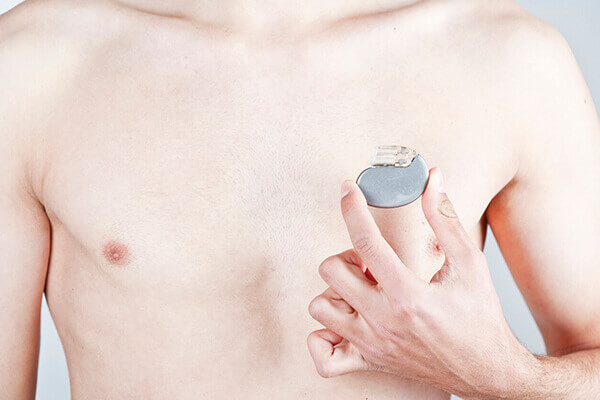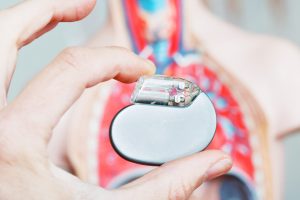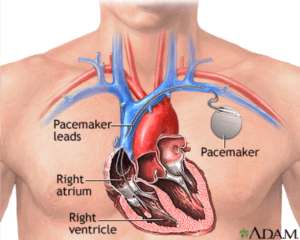Pacemakers 101
Posted by: Heart and Vascular Care in Cardiology on May 19, 2020

What is a pacemaker:
A pacemaker is a small, battery-powered device that is implanted permanently into the body. The pacemaker monitors the electrical impulses in the heart and, when needed, delivers electrical stimuli to make the heart beat (contract) in a more normal rhythm.
This device is used when the heart beats too slowly (bradycardia) or has other abnormal rhythms (arrhythmias). In some cases, pacemakers are also used to treat the symptoms of heart failure.


A pacemaker consists of a battery and electrical circuitry (pulse generator). The battery powers the pacemaker. The circuitry checks the heart rate and produces tiny electrical pulses that keep the heart beating at the correct pace.
A pacemaker is connected to the heart through one to three insulated wires (leads) that are attached directly to the heart’s chambers. Should you need a pacemaker, an interventional cardiologist or electrophysiologist will install your pacemaker in the hospital.
